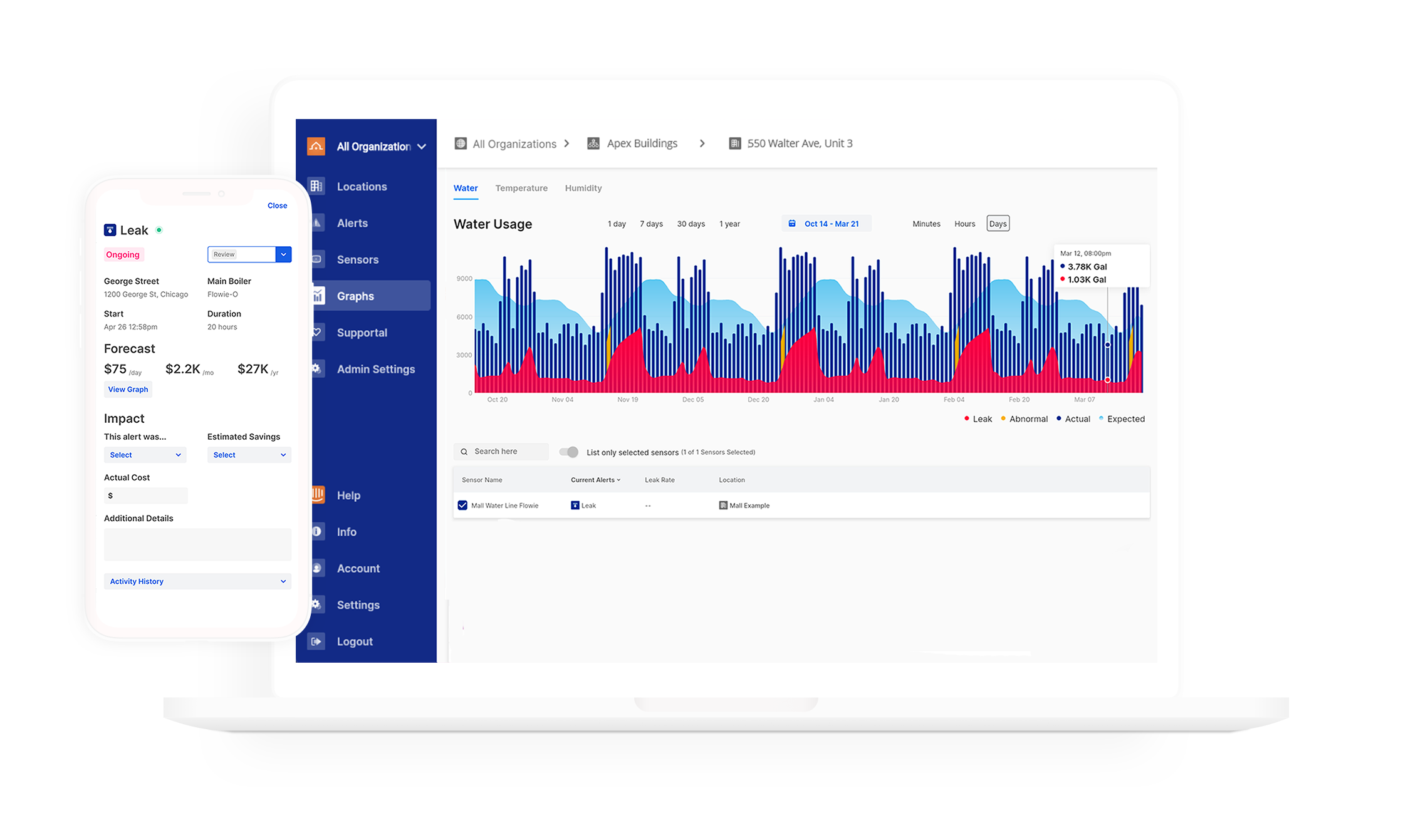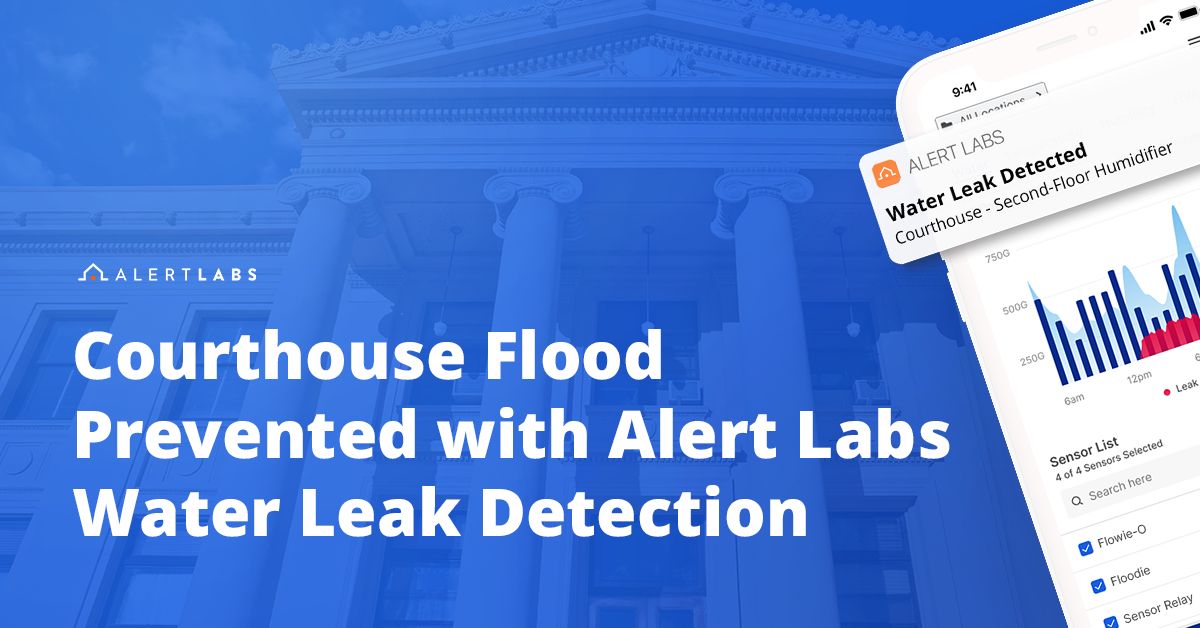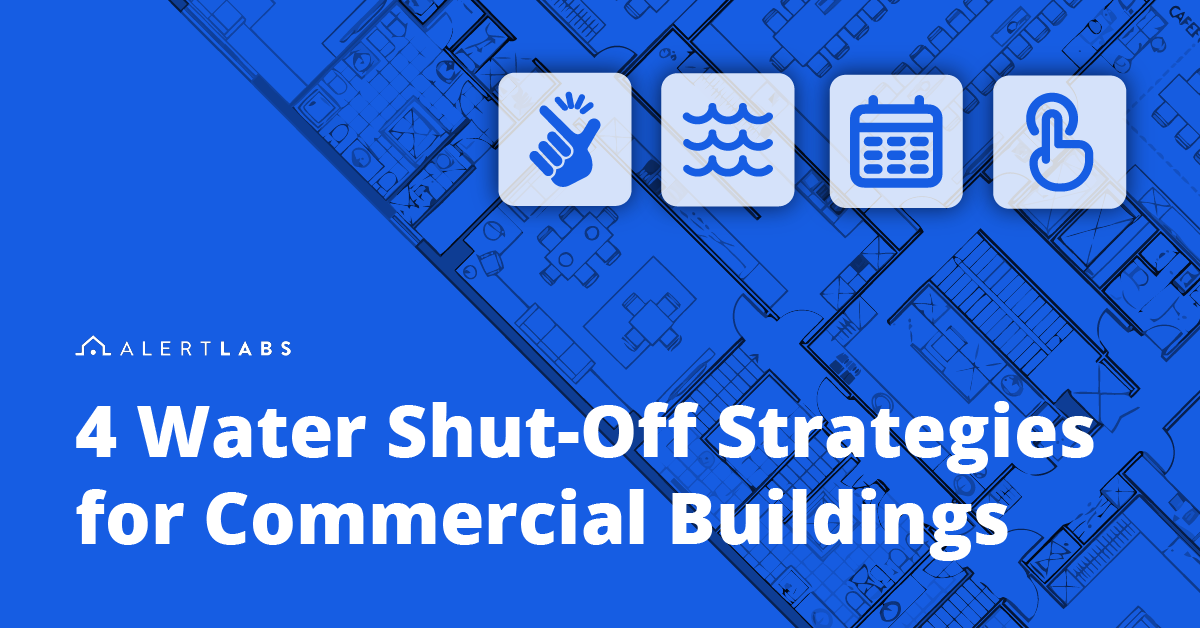Condos Can Lower Water Bills With Water Monitoring Sensors

A version of this article originally appeared on the REMI Network website.
How can condo managers stop water waste before it flows through to utility bills?
Water bills are probably not getting the attention they deserve in condo corporations. Many recipients simply pay these bills without questioning where the charges come from. But, how does a condo owner association know if they are paying for water use from normal activities or from undetected leaks and inefficient appliances?
The price of water is steadily on the rise. Since 2010, water rates have risen more than 50% on average across major US cities, outpacing property-tax increases. What’s more, water damage has become the top insurance claim in the USA, now outnumbering fire-related claims.
Although most condo residents pay their own water bill, there are water costs associated with other parts of the building such as mechanical rooms, cooling tower intake lines and common areas. With rising utility prices, and more water-damage related insurance claims than ever before, the cost of water can no longer be overlooked in condo corporations.

Proactive and preventative measures can help managers avoid unexpected water costs and offset rising utility rates. Paying close attention to water usage, which can now be tracked remotely in real-time using smart sensors, should be part of every property manager’s efforts to reduce operating costs, minimize property damage and decrease maintenance expenses.
If you're interested in learning about how condos are minimizing insurance costs related to water damage, check out this article in the Condos Can series: Condos Can Lower Insurance Costs.
identify the source of leaks
To help prevent future damage and reduce utility bills, it’s important to identify the source of leaks. Some of the most common include: plumbing fixtures such as toilets; appliances such as water softeners and water heaters; and weather-related events such as frozen pipes that burst.
The single most common source of leaks in multi-residential properties is the toilet. But many toilet leaks go undetected until a massive water bill arrives, or are never detected because the extra water usage is misunderstood as normal.
A leaky toilet may not sound like a big problem, but in New York, for example, where the cost of water is $10.33 per 100 cubic feet, one leaky toilet wasting 250 gallons of water a day would cost $1,259 a year. Ten leaky toilets across multiple properties could mean wasting more than $12,590 every year.
Detect abnormal water use
Managers can avoid surprises like this by familiarizing themselves with the unique water-use profiles of their properties. Real-time water use data helps establish a baseline of normal water use. Managers can then more easily identify deviations from the norm and reduce water bills.
For example, if residents typically use 1,000 gallons of water from 8 a.m. to 9 a.m. during the week, but not on weekends, a manager would want to investigate if this volume of water was being used at 8 a.m. on a Sunday. Similarly, if a property is supposed to be vacant, there should be no water consumption. In this case, any water use could indicate a flood or leak.
Insights about water use can also help managers understand which fixtures and appliances may need attention. For example, a water softener that regenerates too frequently can be detected and readjusted to use water more efficiently.
Maximize operational efficiencies
By detecting and identifying water-related problems when they happen, managers can take immediate steps to maximize operational efficiencies, reducing wasted water before it shows up on utility bills and saving condo corporations money on consumption.
Property managers can learn more about the benefits of real-time water use monitoring here.




